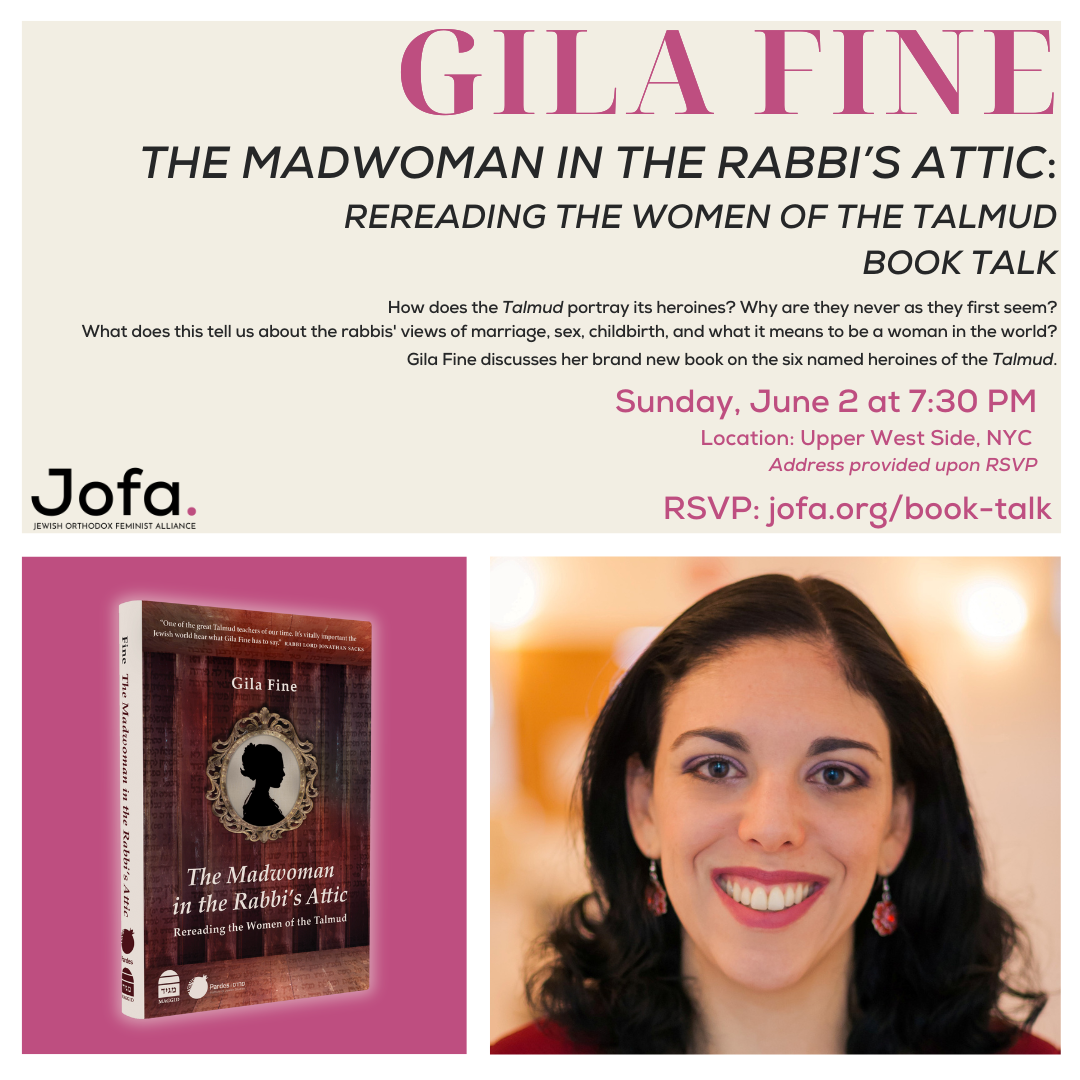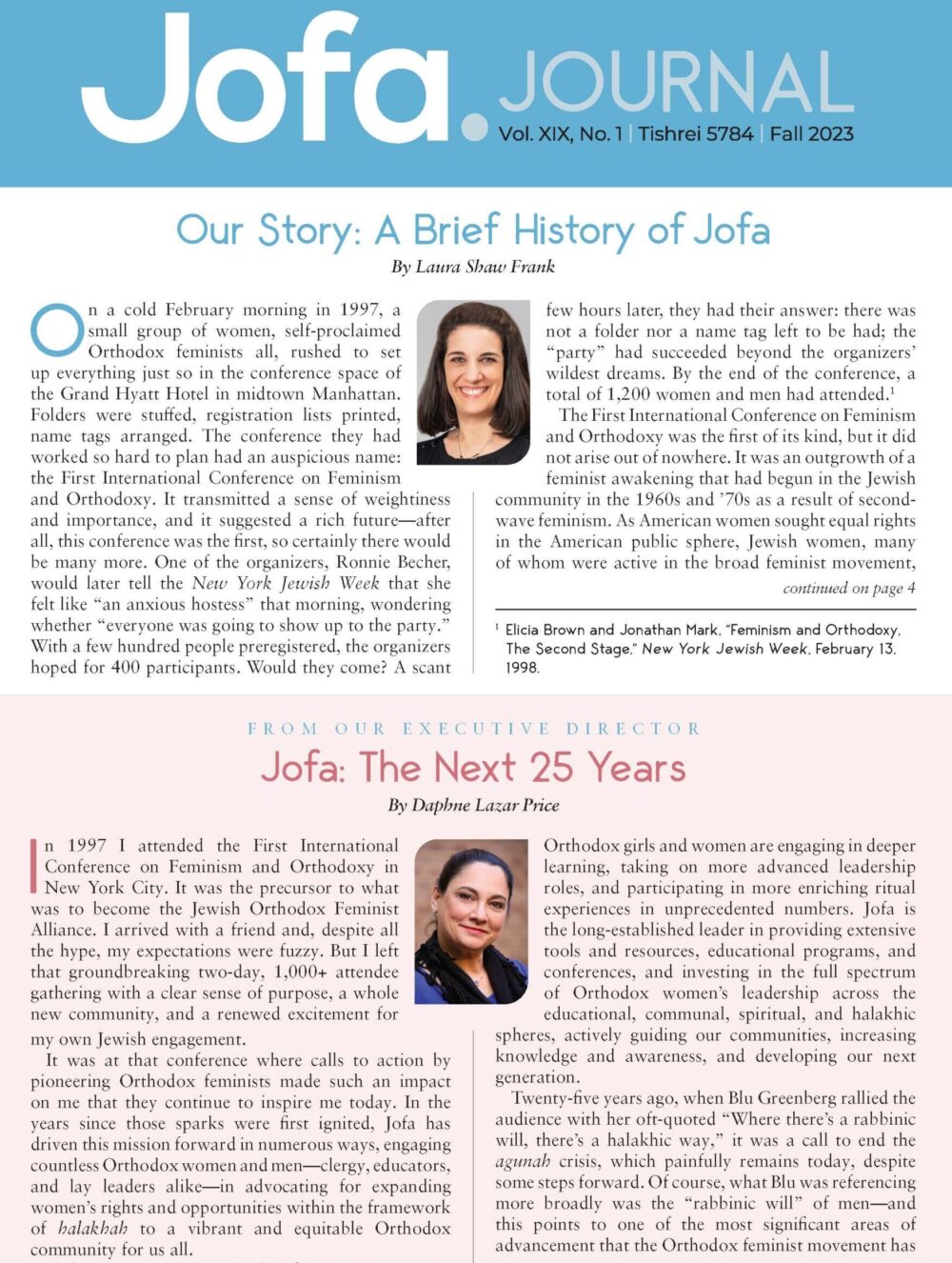America’s Jewish Women: A History from Colonial Times to Today
By Pamela S. Nadell
W.W. Norton, 2019, $28.95
Pamela Nadell paints on a broad canvas—American Jewish women’s history—that has been employed before by many fine historians, including Paula Hyman, Charlotte Baum, Sonya Michel, Joyce Antler, and Jenna Weissman Joselit, among others. Yet she fills it in with so many colorful, little-known personalities, so many fresh documents including diaries and letters, and so many surprising historical artifacts, like the 1898 newspaper clipping comparing the life of a society woman to the life of a seamstress, that a picture emerges that is fresh, fascinating, and very detailed.
The story begins with two women fleeing the Inquisition on a boat bound from Recife, Brazil, to New Amsterdam (later, New York)—Ricke Nunes and Judith Mercado—about whom little is known but their names. During Colonial times, Jewish women, like their gentile counterparts, could be found on many economic rungs of society and even on different sides of the American Revolution. During the Civil War too, Jewish women participated on both sides. Northern women formed the “Needle Pickets” wrapping bandages, nursing the wounded, and bringing food to hospitals, including the “Negro hospital.” On the Southern side, Eugenia Levy Phillips, “a fire-eating secessionist in skirts,” was imprisoned twice for her Confederate sympathies. And yes, some Jewish women were part of slave-owning families.
Moving through the nineteenth century, Nadell does not simply divide the story into eras of German and East European immigration, as so many American Jewish historians do. Rather she contrasts “mothers in Israel,” home-centered women who, like their neighbors, expressed their spirituality through home rituals, benevolent societies, and good deeds—as Belle Moskowitz put it, “To think of others is as natural to the Jewish woman as to breathe”—with a “new kind of Jewess,” the poverty-driven, opportunity-seeking change makers who arrived at the end of the century. And make change they did, from protesting the cost of kosher meat to fighting for women’s suffrage to opening the first birth control clinic in the United States.
In the twentieth century, their daughters discovered new avenues of activism, including labor unions, socialism and Communism, Zionism, and the nascent women’s movement. Nadell explores in depth many of the feminist issues that are central to JOFA’s agenda—Jewish women’s education, get and agunah problems, and women in communal leadership, including as rabbis. There is even a description of the first International Jewish Feminist Conference held in Jerusalem in 1988, which gave birth to the Women of the Wall. It is disappointing, therefore, that neither JOFA nor our founder, Blu Greenberg, receives mention in the discussions of feminism.
Perhaps it is inevitable that in the telling of a history whose broad outlines are well-known that some parts of “our story” will be left out, while other elements that are totally new will emerge. The joy of reading this book is in discovering these many new faces, facts, and artifacts. The diversity of American Jewish women’s experience is on display here in a well-written and well-documented work. It is deserving of the recognition it received as the 2019 Jewish Book of the Year from the Jewish Book Council.
Under My Hat: How Orthodox Women Are Shaping the Future of Judaism
By Sally Berkovic
KTAV, 2019, $26.95
This book is a revised reissue of a volume by the same name originally published two decades ago, first in the UK and then in the United States. The original was a missive from the author to her two young daughters about her own struggles to grapple with tradition and to stay within the bounds of halakhah. The new version begins with a 70-page introduction that catches the reader up on what has happened during the past 20 years in the Orthodox world and in Berkovic’s personal world. (Spoiler alert: She had a third daughter, and the girls have all grown up.)
The introduction is perhaps the most interesting and uplifting part of the book because it reflects how far we have come—and what new battles are waiting to be fought—over the past two decades. Opportunities for Jewish women’s advanced learning—and, in particular, for women’s Talmud study—have multiplied. Outstanding women teachers have proliferated. Centers of women’s learning in Jerusalem and New York have become “the Yerushalayim and Bavel of our day,” in Berkovic’s words. Both Israel and the United States have their own credentialing institutions from which women can receive semikhah. Orthodox women, even ḥarediot, have entered the public square, going into politics, combating child and spouse abuse, supporting agunot, and fighting extremism.
On the negative side of the two-decade ledger, Berkovic cites “the modesty wars”—“the unabashed obsession with a woman’s body, her dress, hair and demeanor” and the erasure of women’s faces from publications and public spaces. She sees these trends as an attempt to treat “women’s bodies as public property” and interprets them as a backlash against the progress religious women have made in other spheres.
The introduction employs a fairly straightforward, “facts on the ground” style, occasionally wandering into the subjective or speculative realm. The main body, in contrast, is a mash-up of memoir, letter to her children, historical review, and opinion writing on every sort of issue in the Jewish community—from female head coverings to Jewish women’s ritual innovations to intermarriage. The result is a meandering from one topic to another in each chapter, with no clear structure to the observations. This creates sharp shifts in tone from the serious to the flippant, and sometimes it is hard to tell whether she is being serious, strident, or sarcastic.
It is clear that the author has read widely in Jewish feminist literature, but as an interested lay person, not as a scholar. Sometimes she gets her historical facts wrong, as when she identifies Henrietta Szold as the founder of Hadassah Hospital. (Szold was the founder of Hadassah, the Women’s Zionist Organization, which sent nurses to the Yishuv and later built Hadassah Hospital.) She sometimes quotes secular Jewish feminists’ observations about their Jewish communities as applying to the Orthodox or ḥaredi communities, which have different dynamics. On the other hand, having lived in Orthodox communities in Britain, Israel, and New York, she has some interesting observations about the differences between them.
Reading this book is a bit like having a conversation with your ḥevruta, where you share a common framework of reference, but can never tell where the conversation will go.











